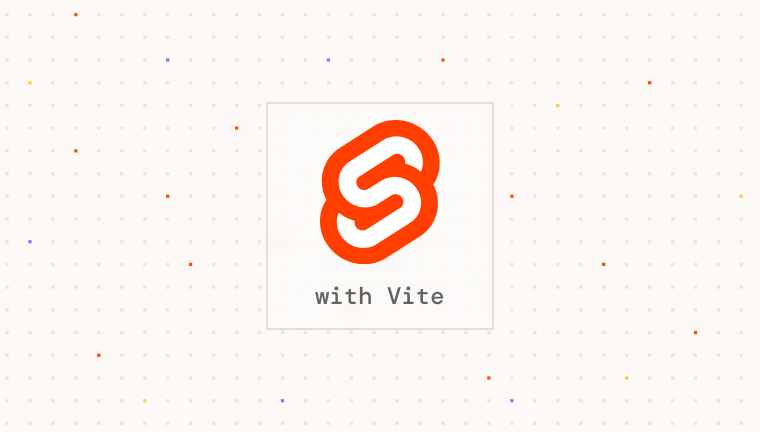Although mixing React and Svelte is unusual, we can do so via svelte-preprocess-react. If you prefer to build your own custom UI, you can also use
@getpara/web-sdk directly.Reach out to use for help with custom UI integration.Prerequisites
To use Para, you need an API key. This key authenticates your requests to Para services and is essential for integration.Installing Dependencies
Install the Para React SDK, plus React dependencies:Configuring SvelteKit (Preprocessor & Polyfills)
Svelte Preprocess React
In your svelte.config.js, import and applysvelte-preprocess-react:
svelte.config.js
Vite Plugins (Node Polyfills)
SvelteKit uses Vite under the hood. Install and configure polyfills for Node modules:vite.config.ts:
vite.config.ts
If you prefer SSR, ensure you dynamically handle the React-based modal on the client. If you want pure client-side
usage, set
export const ssr = false; in your page’s .ts or .js files for SvelteKit to skip SSR.Setting Up the Para SDK
Now that you’ve installed the necessary dependencies, let’s set up the Para SDK in your SvelteKit application. This involves creating a client instance and integrating the Para Modal.Creating a Para Client Instance
As with other frameworks, you’ll need a dedicated file for your client instance (e.g.,client/para.ts):
client/para.ts
Para offers two hosted environments:
Environment.BETA (alias Environment.DEVELOPMENT) for testing, and
Environment.PROD (alias Environment.PRODUCTION) for live use. Select the environment that matches your current
development phase.Using the Para Modal in a SvelteKit Route
Let’s say you have a+page.svelte in src/routes/. You would use the Para Modal with the preprocessed React
component:
Beta Testing Credentials In the
BETA Environment, you can use any email ending in @test.getpara.com (like
[email protected]) or US phone numbers (+1) in the format (area code)-555-xxxx (like (425)-555-1234). Any OTP
code will work for verification with these test credentials. These credentials are for beta testing only. You can
delete test users anytime in the beta developer console to free up user slots.Customizing the Para Modal
Just like in React, you can provide any additional props to the<ParaModal> component. For example, customizing
theming:
ParaModalProps, refer to the customization guide:





